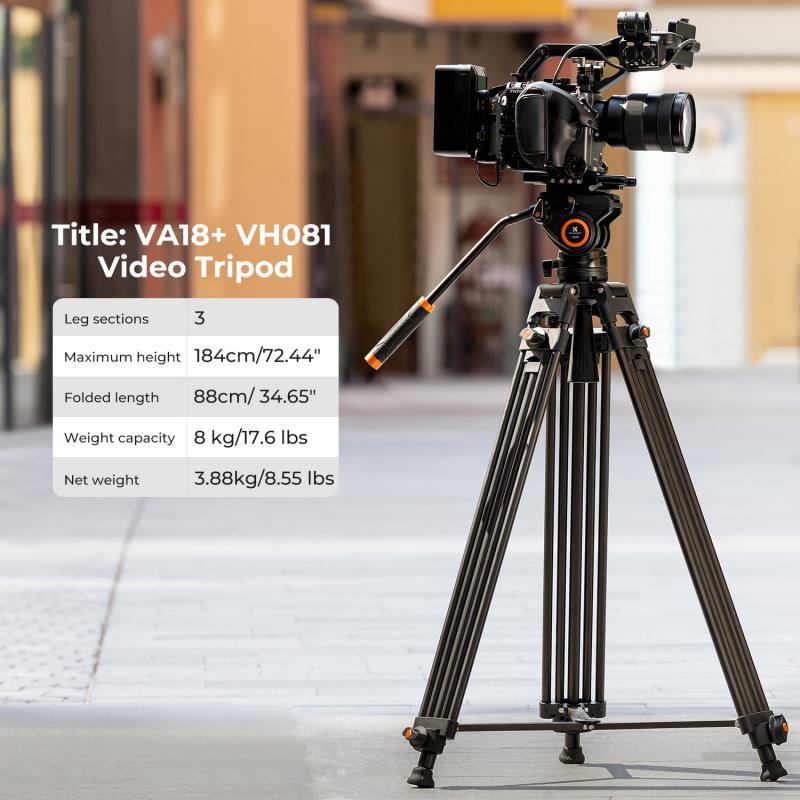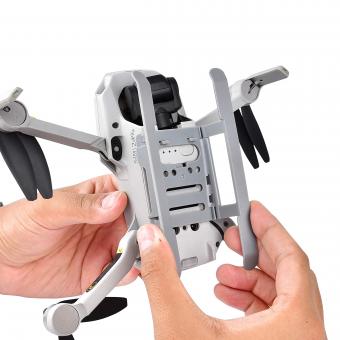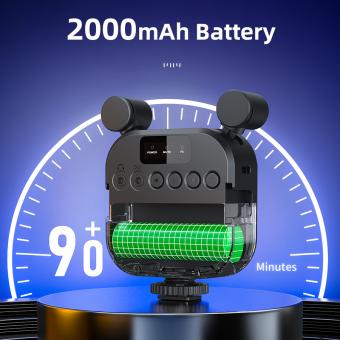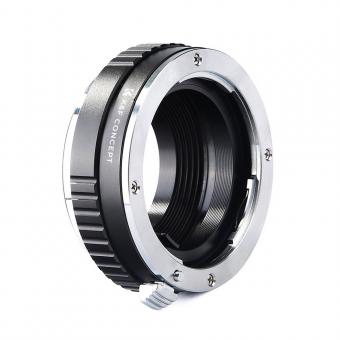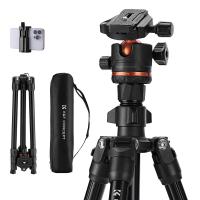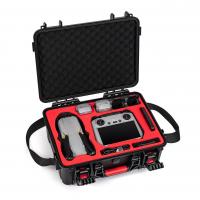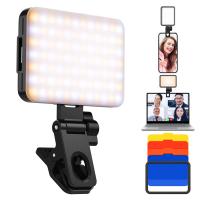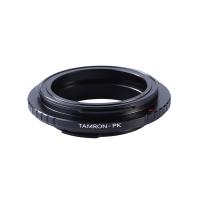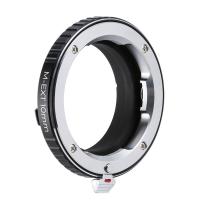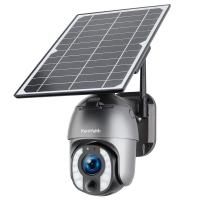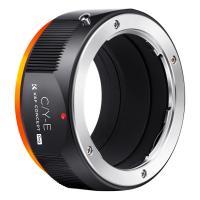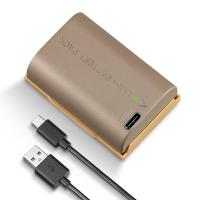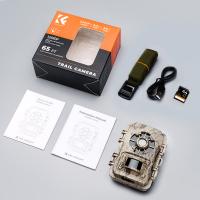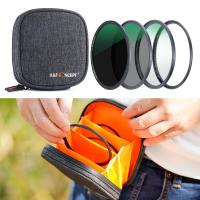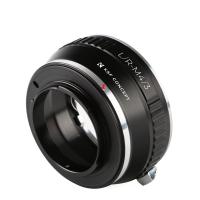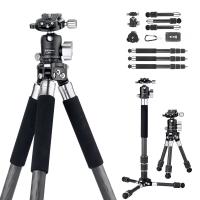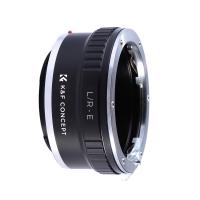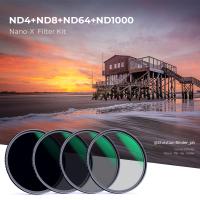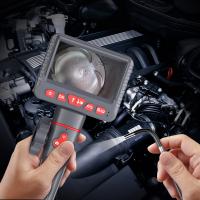What Is Dv Port On Camcorder ?
A DV port on a camcorder refers to a type of connection port that allows for the transfer of digital video and audio signals. It is typically used to connect the camcorder to other devices, such as computers or televisions, for the purpose of transferring or viewing recorded footage. The DV port is commonly found on older camcorder models that use the Digital Video (DV) format, which is a standard for recording and storing digital video. The port itself is usually a small, rectangular connector that can be plugged into a corresponding port on another device using a DV cable.
1、 Definition and Purpose of DV Port on Camcorders
The DV port on a camcorder stands for Digital Video port. It is a connection interface that allows the transfer of digital video and audio signals between the camcorder and other devices, such as computers or televisions. The DV port is typically found on older camcorder models, as newer ones have transitioned to using USB or HDMI ports for connectivity.
The purpose of the DV port is to provide a high-quality, lossless transfer of digital video and audio data. It allows users to transfer their recorded videos from the camcorder to a computer for editing or storage purposes. The DV port also enables users to connect their camcorder directly to a television or other display device to view their recorded videos.
One of the advantages of the DV port is its ability to transfer video data in real-time, without any loss in quality. This is particularly important for professional videographers or filmmakers who require high-quality footage. Additionally, the DV port allows for the transfer of both video and audio data simultaneously, ensuring synchronized playback.
However, it is worth noting that the use of DV ports has become less common in recent years, as newer camcorder models have shifted towards using USB or HDMI ports. These newer interfaces offer faster data transfer speeds and greater compatibility with modern devices. Therefore, if you are considering purchasing a new camcorder, it is important to check the available connectivity options to ensure compatibility with your desired devices.

2、 DV Port vs. Other Video Ports on Camcorders
The DV port on a camcorder stands for Digital Video port. It is a type of video port that allows for the transfer of digital video and audio signals between the camcorder and other devices, such as a computer or a television. The DV port uses a FireWire or IEEE 1394 connection, which provides a high-speed data transfer rate and ensures high-quality video and audio transmission.
Compared to other video ports on camcorders, such as HDMI or USB, the DV port has its advantages and limitations. One of the main advantages of the DV port is its ability to transfer uncompressed digital video and audio signals, which results in higher quality footage. This makes it ideal for professional videographers or those who require high-quality video recordings.
Another advantage of the DV port is its compatibility with various editing software and devices. Many video editing programs support DV footage, allowing for easy editing and post-production. Additionally, the DV port can be used to connect the camcorder directly to a computer for real-time video capture or live streaming.
However, it is important to note that the DV port is becoming less common in newer camcorder models. With the rise of digital technology, many manufacturers are now opting for HDMI or USB ports, which offer more versatility and compatibility with a wider range of devices. HDMI ports, for example, allow for both video and audio transmission in a single cable, simplifying the connection process.
In conclusion, the DV port on a camcorder is a digital video port that enables the transfer of high-quality video and audio signals. While it has its advantages in terms of quality and compatibility with editing software, it is gradually being replaced by other video ports, such as HDMI and USB, which offer more versatility and convenience.
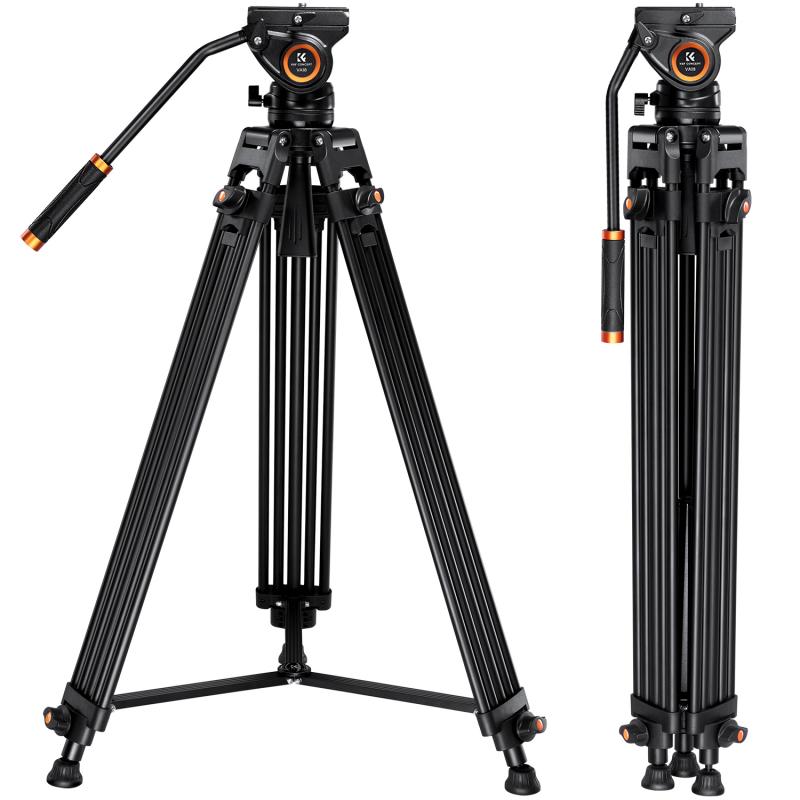
3、 Connecting Camcorders to Other Devices via DV Port
The DV port on a camcorder stands for Digital Video port. It is a connection that allows the transfer of digital video and audio signals between the camcorder and other devices. The DV port is typically a FireWire or IEEE 1394 port, which is a high-speed data transfer interface.
Connecting a camcorder to other devices via the DV port offers several advantages. Firstly, it enables the transfer of high-quality digital video and audio signals, ensuring a clear and crisp playback. This is especially important for professional videographers who require high-definition footage.
Additionally, the DV port allows for real-time transfer of video footage, which is useful for live streaming or video conferencing purposes. It provides a seamless connection between the camcorder and other devices, such as computers or televisions, allowing for easy playback or editing of recorded videos.
Furthermore, the DV port is often used for transferring footage from the camcorder to a computer for editing purposes. Many video editing software programs support DV input, making it convenient for users to import and edit their videos.
However, it is worth noting that with the advancement of technology, the use of DV ports on camcorders has decreased. Many modern camcorders now come with HDMI or USB ports, which offer more versatile connectivity options. These ports allow for direct connection to TVs, monitors, or computers, eliminating the need for a separate DV port.
In conclusion, the DV port on a camcorder is a valuable feature that enables the transfer of digital video and audio signals between the camcorder and other devices. While it may be less common in newer camcorder models, it still offers a reliable and high-quality connection for those who require it.
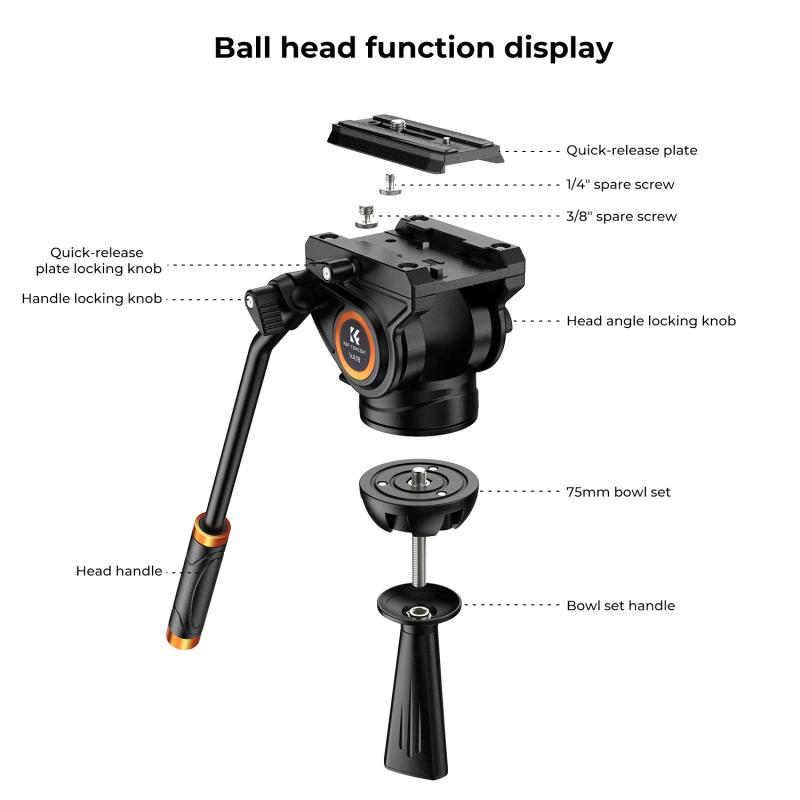
4、 Transferring and Editing DV Footage using DV Port
The DV port on a camcorder refers to a digital video port that allows for the transfer and editing of DV footage. DV stands for Digital Video, which is a format commonly used in camcorders to record and store video footage.
The DV port serves as a connection point between the camcorder and other devices, such as computers or video editing equipment. It typically uses a FireWire or IEEE 1394 cable to establish a high-speed data transfer link. This allows users to transfer their recorded DV footage directly from the camcorder to a computer or other compatible devices.
Once the DV footage is transferred to a computer, it can be edited using various video editing software. This allows users to trim, cut, add effects, and enhance the footage to create a final edited video. The DV port ensures a seamless and efficient transfer of the footage, preserving the high-quality digital video format.
It is important to note that with the advancement of technology, newer camcorders and devices may no longer feature a DV port. Instead, they may utilize other connection options such as USB or HDMI. These newer ports offer faster data transfer speeds and improved compatibility with modern devices.
In conclusion, the DV port on a camcorder is a crucial feature that enables the transfer and editing of DV footage. While it may be less common in newer camcorder models, it remains an essential tool for those working with DV video formats.
